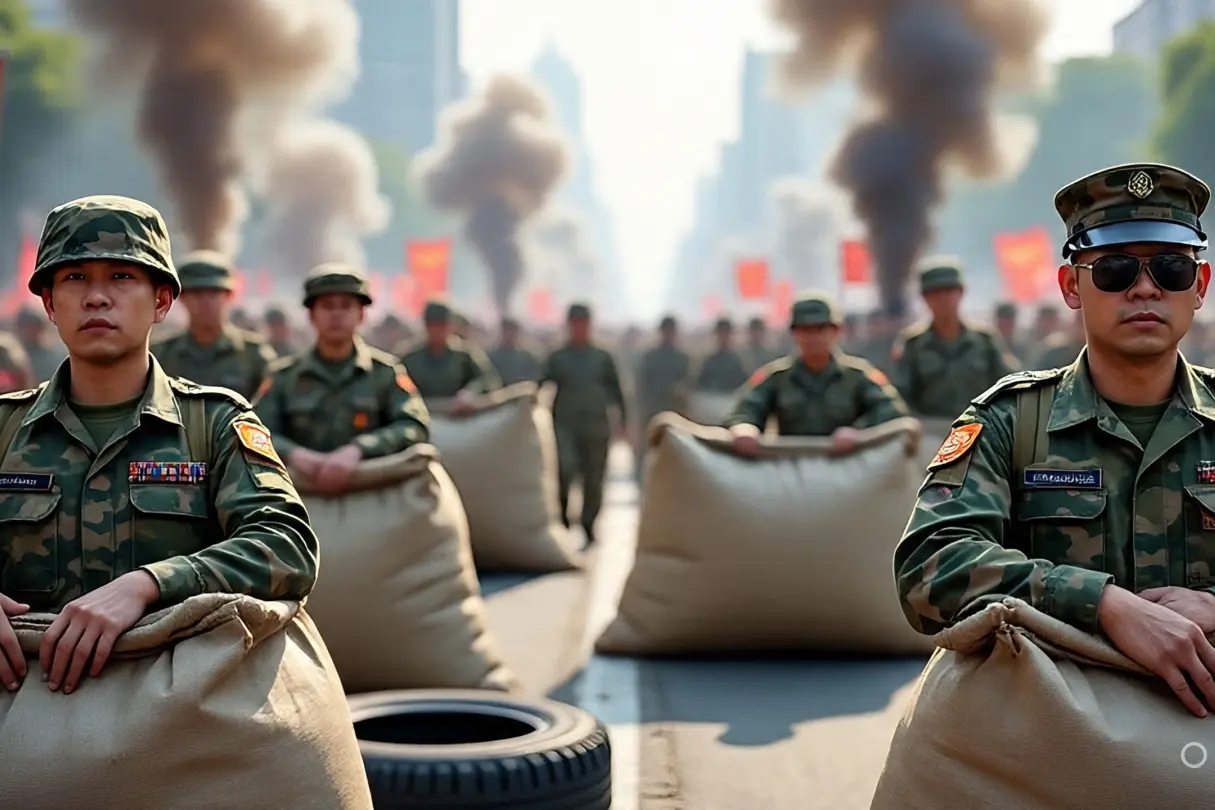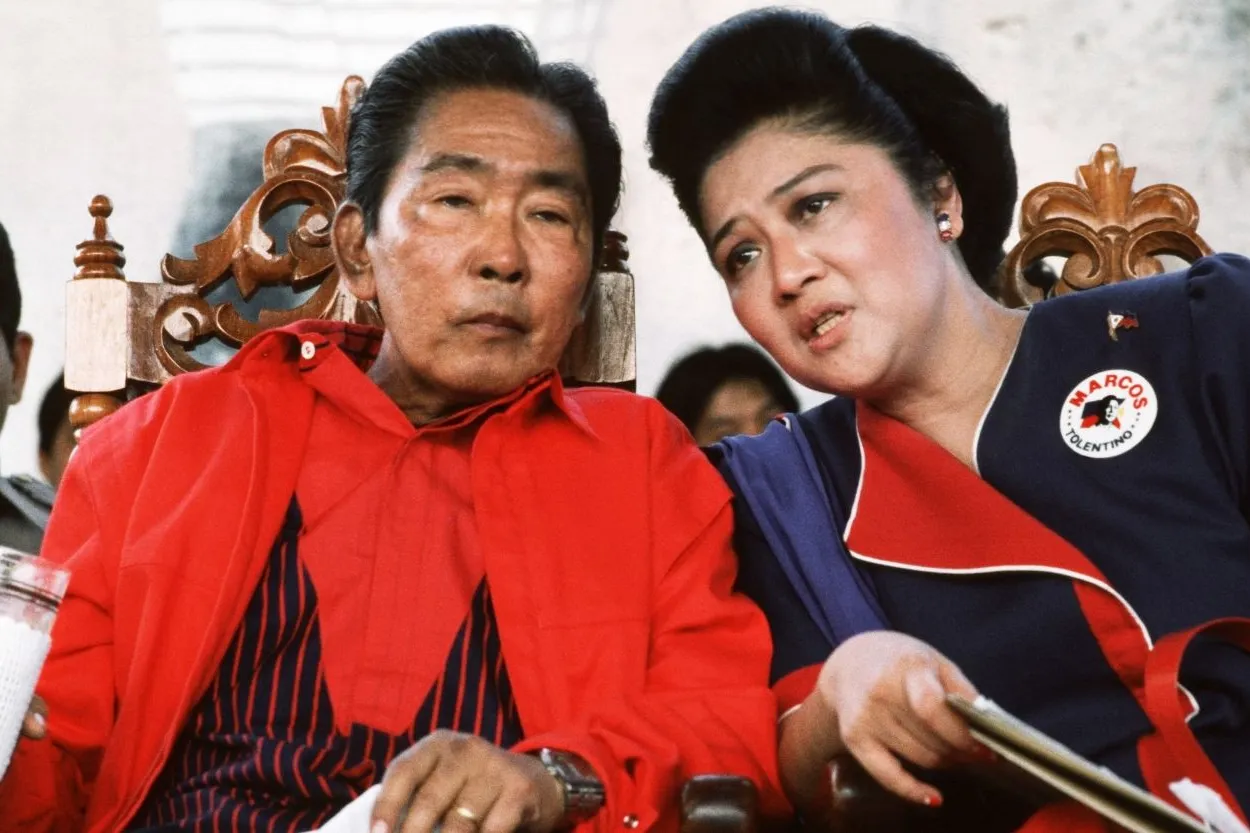🇲🇾 The tense political climate before May 13
By the late 1960s, Malaysia was a young nation grappling with the burdens of colonial legacy, ethnic divisions, and uneven economic growth. The ruling coalition, the Alliance Party (comprised of UMNO, MCA, and MIC), had enjoyed dominance since independence in 1957—but cracks were forming.
- 🇲🇾 The tense political climate before May 13
- 🔥 Official account: spontaneous communal violence
- 🕵️♂️ The theory: a calculated seizure of power
- 📚 Declassified documents and contradictory evidence
- 📊 Timeline: before and after May 13
- 📈 The NEP: social justice or political control?
- 🧠 National memory and lingering wounds
- 🤝 Legacy of distrust
- 🪞 A mirror to Malaysia’s democratic journey
Ahead of the 1969 general election, opposition parties gained momentum. The Democratic Action Party (DAP) and Parti Gerakan—which were seen as appealing largely to the Chinese electorate—challenged the status quo. Frustration over inequality, perceived favoritism toward Malays, and dissatisfaction with the government set the stage for a political upset.
On May 10, 1969, voters delivered a shock: the Alliance lost its two-thirds parliamentary majority for the first time. In Selangor, Gerakan and DAP made significant gains. Celebratory parades by opposition supporters were seen as provocative by UMNO loyalists. Emotions escalated quickly—and just days later, the capital would erupt in bloodshed.
🔥 Official account: spontaneous communal violence
The government’s version of events blamed opposition supporters for sparking the riots. According to official accounts, members of the Chinese community held a victory procession through predominantly Malay areas, taunting residents and inflaming racial tension.
On May 13, mobs descended on Kuala Lumpur’s streets. Homes and businesses were burned, civilians attacked. The violence, which lasted for days, left at least 196 people dead by official count—though independent estimates suggest the toll could be in the thousands. Martial law was declared, and the National Operations Council (NOC), led by then-Deputy Prime Minister Tun Abdul Razak, assumed control.
The government justified its emergency measures as necessary to restore order and national unity. But not everyone was convinced.
🕵️♂️ The theory: a calculated seizure of power
Many academics, witnesses, and political critics have long questioned whether the May 13 riots were purely spontaneous. Some argue that the violence was not only anticipated—but exploited or even orchestrated to enable a political transition.
Key elements cited in this theory include:
- 🚨 The rapid deployment of martial law and suspension of Parliament
- 📜 The smooth and swift establishment of the NOC, which suggests prior preparation
- 🤐 Suppression of press coverage and censorship following the riots
- 🧑✈️ The centralization of power under Tun Razak, sidelining then-Prime Minister Tunku Abdul Rahman
Supporters of the theory point to how the riots paved the way for sweeping political change. Tunku, who was perceived as too accommodating to non-Malays, resigned in 1970. Tun Razak’s rise marked a pivot toward a stronger pro-Malay agenda, culminating in the implementation of the New Economic Policy (NEP) in 1971.
📚 Declassified documents and contradictory evidence
Over the years, foreign diplomatic cables and declassified intelligence reports have added fuel to the speculation. British archives revealed concern that Malaysia’s political elite may have used the riots as a political tool.
One British diplomatic note stated that the riots appeared to be “partly pre-planned” and suggested internal power struggles within UMNO. Other documents described the conflict as being more political than purely ethnic.
Additionally, interviews with survivors and former officials occasionally conflict with the government’s official story. Some allege that certain areas saw the arrival of armed men who seemed organized and deliberate—not spontaneous rioters.
📊 Timeline: before and after May 13
| Date | Key Event |
|---|---|
| May 10 | General elections; Alliance loses ground |
| May 11–12 | Victory processions by opposition parties |
| May 13 | Riots break out in Kuala Lumpur |
| May 14 | Emergency declared; NOC formed |
| 1970 | Tunku Abdul Rahman resigns |
| 1971 | New Economic Policy launched |
📈 The NEP: social justice or political control?
The NEP was introduced as a response to the underlying causes of the May 13 incident—mainly economic disparity between Malays and non-Malays. Its goal was to eradicate poverty and restructure society so that economic function would not be identified with race.
While it made substantial gains in lifting rural Malays out of poverty, critics argue that it also entrenched racial quotas and contributed to a political culture of patronage and elite favoritism. The NEP became more than an economic policy—it was a political tool to consolidate power under the guise of national unity.
In the conspiracy view, the riots weren’t just a tragedy—they were a means to re-engineer Malaysia’s socio-political structure.
🧠 National memory and lingering wounds
Today, May 13 remains a sensitive and taboo subject in Malaysia. It is barely taught in schools, rarely mentioned in political speeches, and cautiously tiptoed around in media. For younger Malaysians, the event is more legend than lived memory—yet it continues to cast a long shadow over national identity.
The conspiracy theory persists not just because of facts, but because of the unanswered questions and the opaque way the tragedy has been handled. When governments control narratives and restrict open discussion, myths tend to flourish.
🤝 Legacy of distrust
The May 13 riots deepened ethnic divisions and entrenched political narratives that pit communities against each other. Whether orchestrated or not, the riots were used to justify a political reorientation that still defines Malaysia today.
Trust between ethnic groups remains fragile. Electoral politics often reflect communal lines, and affirmative action policies continue to spark debate. For many, the silence around May 13 is not peace—it’s suppression.
🎯 Why the theory persists:
- 🚫 Lack of transparency and archival access
- 📵 Suppression of open academic discussion
- 🧩 Political shifts that benefited from the tragedy
- 🧠 Collective trauma with no closure
🪞 A mirror to Malaysia’s democratic journey
Ultimately, whether the conspiracy holds water or not, May 13 remains a mirror to Malaysia’s ongoing struggle between democracy and control, unity and division, memory and forgetting.
Reckoning with this past—openly and honestly—is not about blaming, but about healing. Until the questions around May 13 are addressed with transparency and compassion, the event will continue to be less of a closed chapter and more of an open wound.




